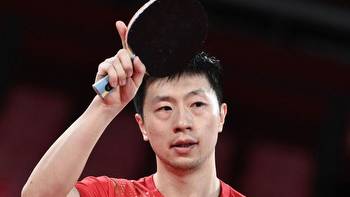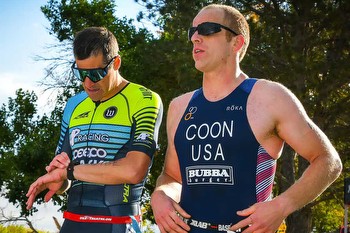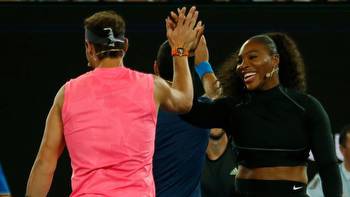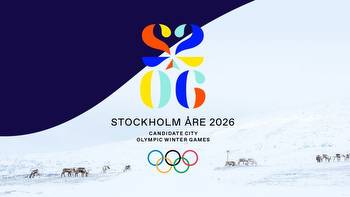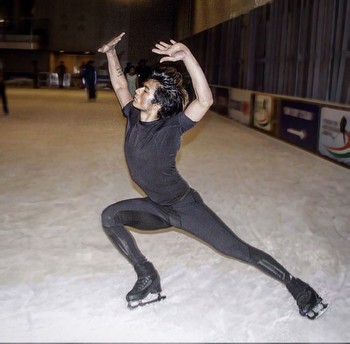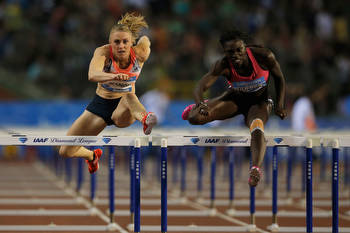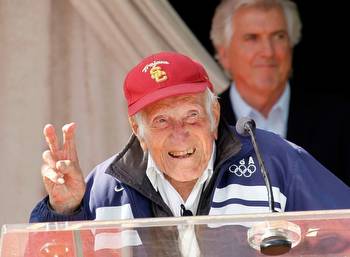Living in two worlds, Camden Pulkinen eyes first US Championships medal
Camden Pulkinen’s life has gotten rather more difficult since last August.
“About tenfold more difficult,” he said.
For the previous six years, when he lived and trained in Colorado Springs, Pulkinen had a five-minute drive to a rink where the elite figure skaters had almost unlimited ice time. He had finished high school online and then had taken in-person and online college courses at the University of Colorado-Colorado Springs essentially on his own schedule. .
When I spoke to him early last week, that life seemed a distant memory. Now he is up at the crack of dawn to get from Columbia University’s Manhattan campus to the Chelsea Piers Sky Rink, where he begins his daily training between 8 and 8:30, and the ice time available to him ends at 11:20. That trip involves 14 stops on the 7th Avenue subway and then a mile-long walk to the rink, and it takes between 50 and 55 minutes.
When his training ends, Pulkinen does the trip in reverse to begin his day as a sophomore at the Ivy League university.
“The mental oscillation between getting through a long program and then rushing yourself to a class and having to learn about calculus is something,” Pulkinen said.
It is what the 22-year-old from Scottsdale, Ariz., signed up for when he decided to continue his figure skating career through the 2026 Olympic season and become a full-time, on-campus student after having deferred his matriculation at Columbia for a year.
He got advice about doing both from some others who had experienced it, including 2022 Olympic champion Nathan Chen (Yale) and 1992 Olympic silver medalist Paul Wylie (Harvard). They told him efficiency would be critical in maximizing the time spent on the ice and the time spent on academics. Pulkinen also has joined a consulting club and a law group at Columbia.
“Sometimes I feel like I have one foot in skating and one foot in school,” Pulkinen said. “I want to try to put both feet in both sides and jump back and forth. Right now is the time to be doing that considering we have three years until the next (Winter) Games.”
It can get tricky. Pulkinen spent the holiday break training with Chen’s coach, Rafael Arutyunyan in Irvine, Calif., flew back to New York Jan. 14 to begin second-semester classes (cognitive neuroscience, cognition, research methods, statistics and Spanish), then flew back to California 11 days later for the U.S. Championships in San Jose, where he should be a strong contender for his first senior national medal.
FIGURE SKATING NATIONALS: Broadcast Schedule | New Era for U.S.
With his arsenal of quadruple jumps, Ilia Malinin, last year’s runner-up, seems a heavy favorite to win, and there has been plenty of buzz around the competitive return of two-time Olympian Jason Brown. Meanwhile, Pulkinen’s performances at four international events this season have been largely underwhelming. But he still sees himself potentially in the mix for a title Chen won the last six years before going into a (temporary?) competitive retirement to finish his undergraduate studies.
“Ilia is very talented, and of course he has the quad Axel, which is in itself a marvel,” Pulkinen said. “It’s not impossible to think I’m going for the title, too. I don’t want to sell myself short. I want to go in and deliver two clean programs and walk away with a medal at the very least.”
Pulkinen’s fifth place last year was his highest finish in four senior nationals. It included a 34-point improvement on his previous best total score at the event.
That result earned him the second alternate spot for the world championships and a place on the Four Continents Championships team, the latter oft seen as a consolation prize for skaters who did not make the Olympics.
Pulkinen finished a poor 11th at 2022 Four Continents and didn’t think much of his chances to wind up at the world championships in Montpellier, France, a month later, even if there was a widespread feeling that neither Chen nor first alternate Brown was likely to go. After all, Pulkinen had been third alternate the two previous years, and nothing came of it.
Five days before worlds began, Chen withdrew because of injury, Brown declined the spot, and Pulkinen began packing for his senior worlds debut. It ended with him in fifth place, less than six points from bronze-medal-winning teammate Vincent Zhou.
“I kept myself fit and well trained, and psychologically I prepared by tricking myself into thinking I was going,” Pulkinen said. “I was surprised nonetheless when I found out.”
What followed was by far the best skating of his life.
Although he placed 12th in the short program with a clean skate, Pulkinen’s score, 89.50, was the second-highest ever recorded for a 12th-place finisher in a short program, topped only by that of Italy’s Daniel Grassl (90.64) at the 2022 Olympics.
“Everyone skated very, very well,” Pulkinen said of his low placement.
In the free skate, he skated better than all but two others, gold medalist Shoma Uno and silver medalist Yuma Kagiyama, both of Japan. Pulkinen’s performance included a quadruple toe loop-triple toe loop combination and an individual quad toe, the first time he had landed two quad jumps in a free skate at an international competition.
His short program, free skate (182.19) and total (271.69) scores all were personal bests, the latter two significant increases on his previous bests, which dated to autumn 2019. Pulkinen felt his apparent stagnation resulted both from injuries and being too concerned about replicating his personal best skating rather than refreshing it.
“Worlds became a good nod to where I could be,” said Pulkinen, whose decision to keep competing had already been made.
“I treated that as a precursor for what was to come, of scoring higher than that in the future to put myself in contention for a medal at worlds and the Olympics. I know I have had a successful career, but I haven’t reached my limit or become the best skater I can be.
“That being said, I want to make the Olympics. That is something tangible that I guess is missing from my sports (record.)”
Pulkinen initially thought when he left for school that he would remain with his Colorado Springs coaching team, doing remote sessions with them while at Columbia and returning to Colorado during school breaks and in the summer. But looking ahead to those lofty future goals, he instead switched to Alex Johnson and Arutyunyan.
Johnson, a graduate of the University of Minnesota’s Carlton School of Management, retired from competition after his ninth senior national appearance in 2019, with sixth in 2016 and 2017 as his top finishes. He coaches Pulkinen in New York in addition to his full-time job as a senior financial analyst for Amazon.
Arutyunyan began working with Pulkinen last May. For now, he is the secondary coach.
That is expected to change when Pulkinen graduates from Columbia, either in May or December 2024. He transferred 44 credits from UCCS and will increase his Columbia course load in hopes of making the earlier date. After that, Pulkinen plans to move to California and work with Arutyunyan full time.
“Rafael is a perfectionist,” Pulkinen said. “That’s what I need. I really love getting the opportunity to work with him. He’s the master in what he knows.”
Both Arutyunyan and Pulkinen realize they will not be able to effect tremendous changes in the year or 18 months they are to be together before the 2026 Olympic team selection.
“I told him to keep his expectations (reasonable) about how much I can help,” Arutyunyan said. “I told him if he was here already, it would still be hard, and until then, I can add only maybe 15 to 20 percent of what I could do if we were together every day. It’s very hard to get the proper result even when you take only a short break.
“He understood all that going in. It was his decision.”
Pulkinen is delaying work on another type of quad until he is free of academic demands and can spend more time with Arutyunyan.
“Rafael and Alex and I all know I need technique adjustments in order to consistently execute a second and third type of quad, so we haven’t started yet,” Pulkinen said.
Yet Pulkinen doesn’t think that means he will be treading frozen water until leaving Columbia.
“Pressure makes diamonds,” he said. “Nothing is really made easily. Although it is tenfold more difficult for me now, that doesn’t mean I’m not trying to make leaps and bounds in my skating in other ways than just another quad. It’s having (choreographer) Shae-Lynn (Bourne) do my programs this year, working on my spins even more, developing a consistent technique.
“Those are things you can’t quantify like one new quad. Although the improvement right now might not be as substantial as it could be in two years or if I were not having school, I still am trying to improve myself.”
Pulkinen may have one foot on two different paths, but he hasn’t lost his way yet. Having a one-track mind clearly is not the only way for him to see the route forward.
Philip Hersh, who has covered figure skating at the last 12 Winter Olympics, is a special contributor to NBCSports.com.
OlympicTalk is onApple News. Favorite us!
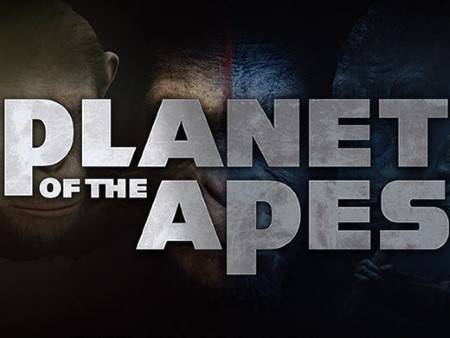
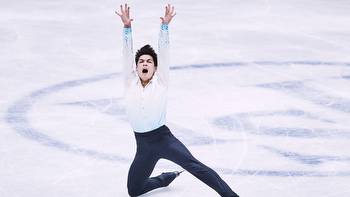
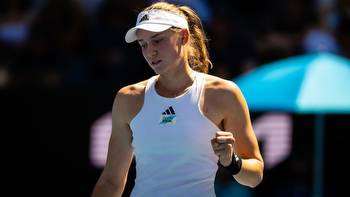






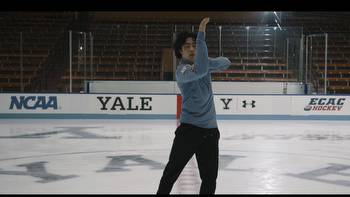

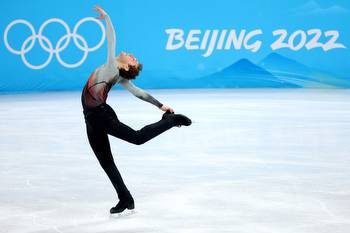
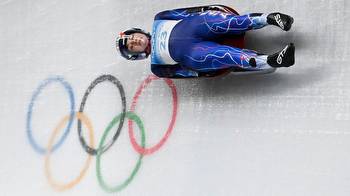

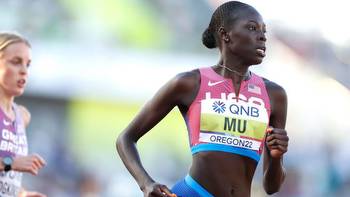
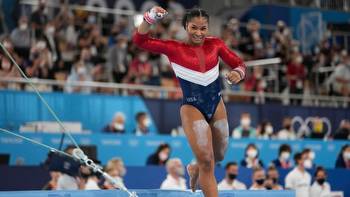


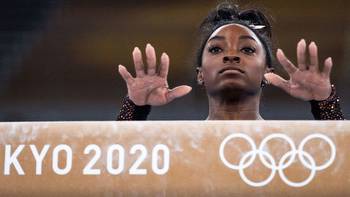

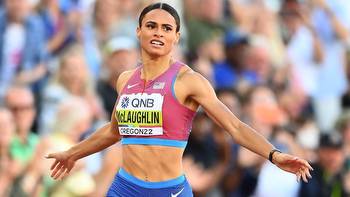
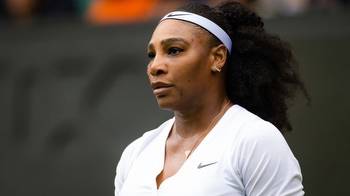
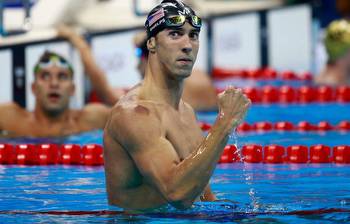

![[ICE TIME] Japan Championships Filled with Intriguing Storylines as Skaters Vie for Olympic Berths](/img/di/ice-time-japan-championships-filled-with-intriguing-storylines-as-skaters-vie-for-olympic-berths-5.jpg)
![[ICE TIME] Shoma Uno Back in Spotlight with Triumph at NHK Trophy](/img/di/ice-time-shoma-uno-back-in-spotlight-with-triumph-at-nhk-trophy-2.jpg)
